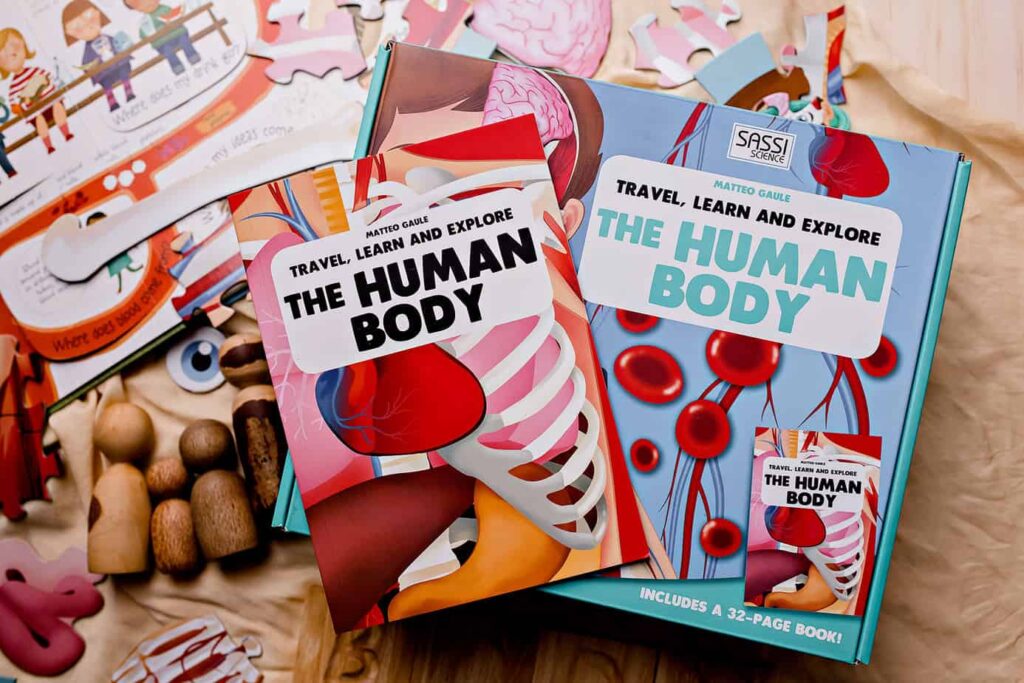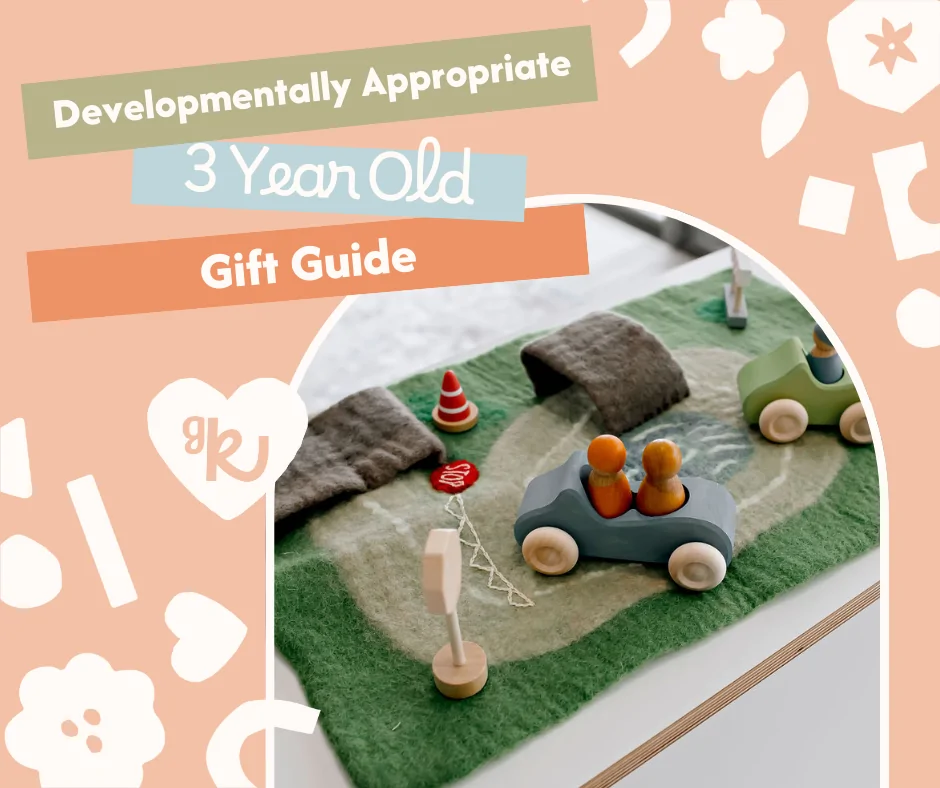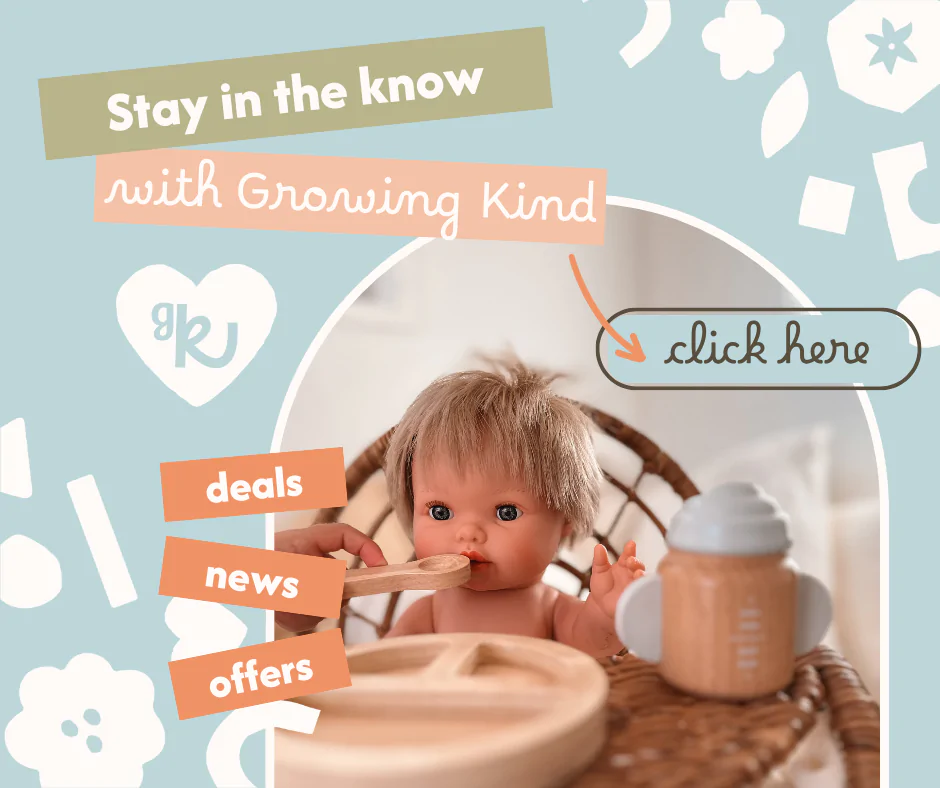Developmentally Appropriate Gift Guide for 3-5 Year Olds
Are you wondering what to get your 3-5-year-old? We’ve compiled a list of gift ideas that are not only super fun but also developmentally appropriate. In this guide, you’ll discover the “why” behind each recommendation, with a focus on how these toys support different play schemas. Don’t forget to check out our “What are Play Schemas?” post for more details!
Imaginative / Role Play
Why? At 3-5 years old, imaginative play becomes more complex. Children engage in detailed scenarios and enjoy props and costumes that allow them to explore storytelling and social skills. This type of play boosts vocabulary, cooperation, and peer interactions.
Top Recommendations:

Home Corner
Why? Children in this age group enjoy helping with household tasks and using pretend-play scenarios to practice new skills. Home corner toys allow them to rehearse real-world activities, develop social skills, and explore mathematical concepts like counting and positional vocabulary.
Top Recommendations:

Small World Play
Why? Small world play encourages imaginative exploration and schemas such as positioning, transporting, and enclosure. Children develop language, social skills, and creativity as they build and re-enact different scenes and scenarios.
Top Recommendations:
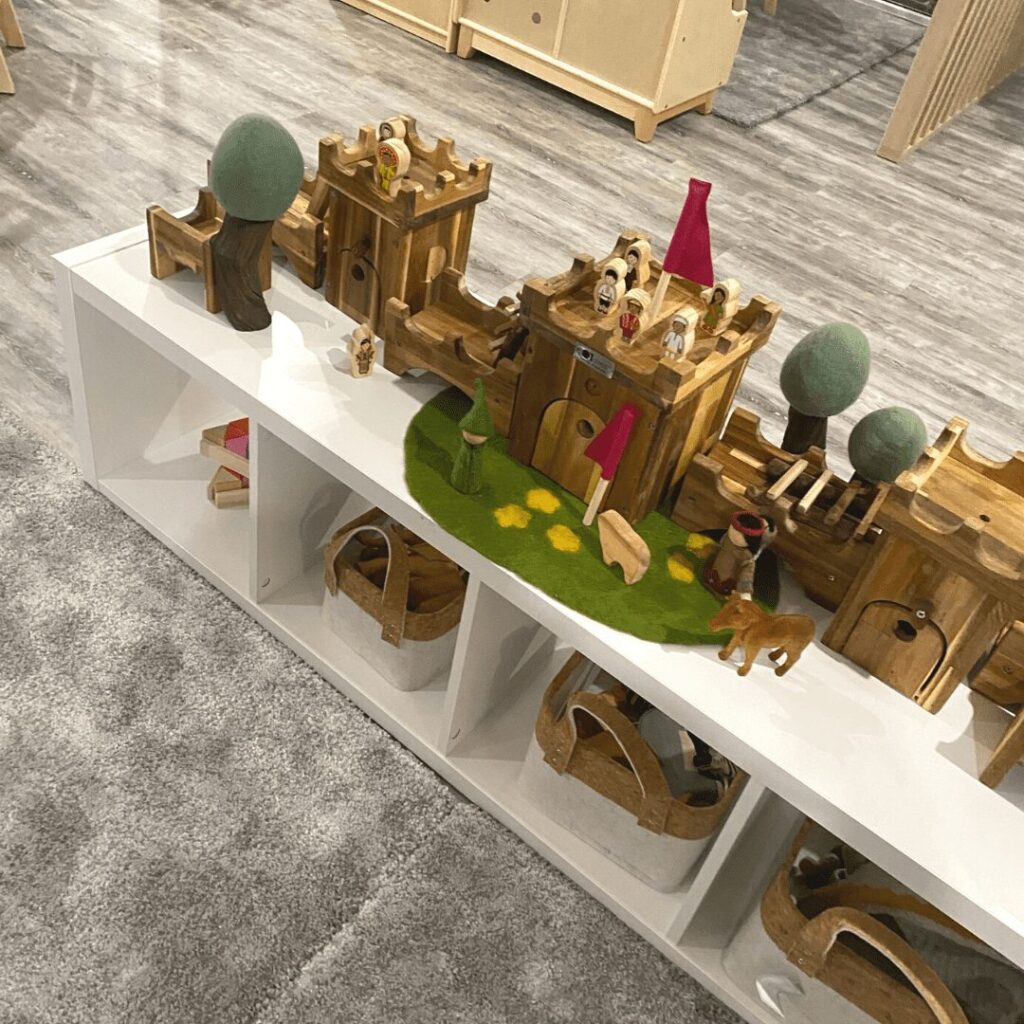
Art Supplies
Why? Art supplies like easels and paints help develop fine motor skills, hand strength, and creativity. They’re perfect for exploring schemas like trajectory (e.g., spray bottles) while allowing children to experiment and express themselves.
Top Recommendations:
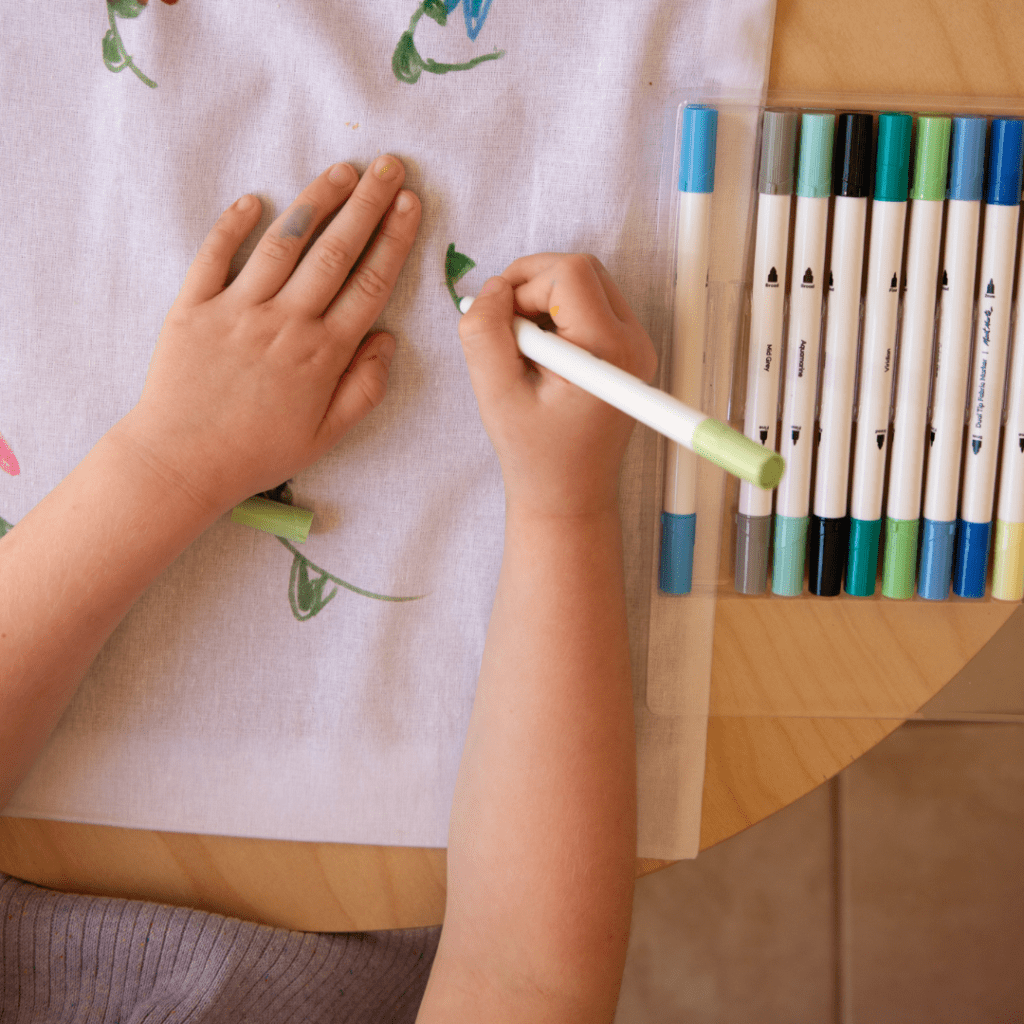
Outdoor / Nature Play
Why? Outdoor play provides endless opportunities to explore schemas such as trajectory and connection. Toys like waterways foster cooperation and language skills while encouraging exploration of natural elements.
Top Recommendations:
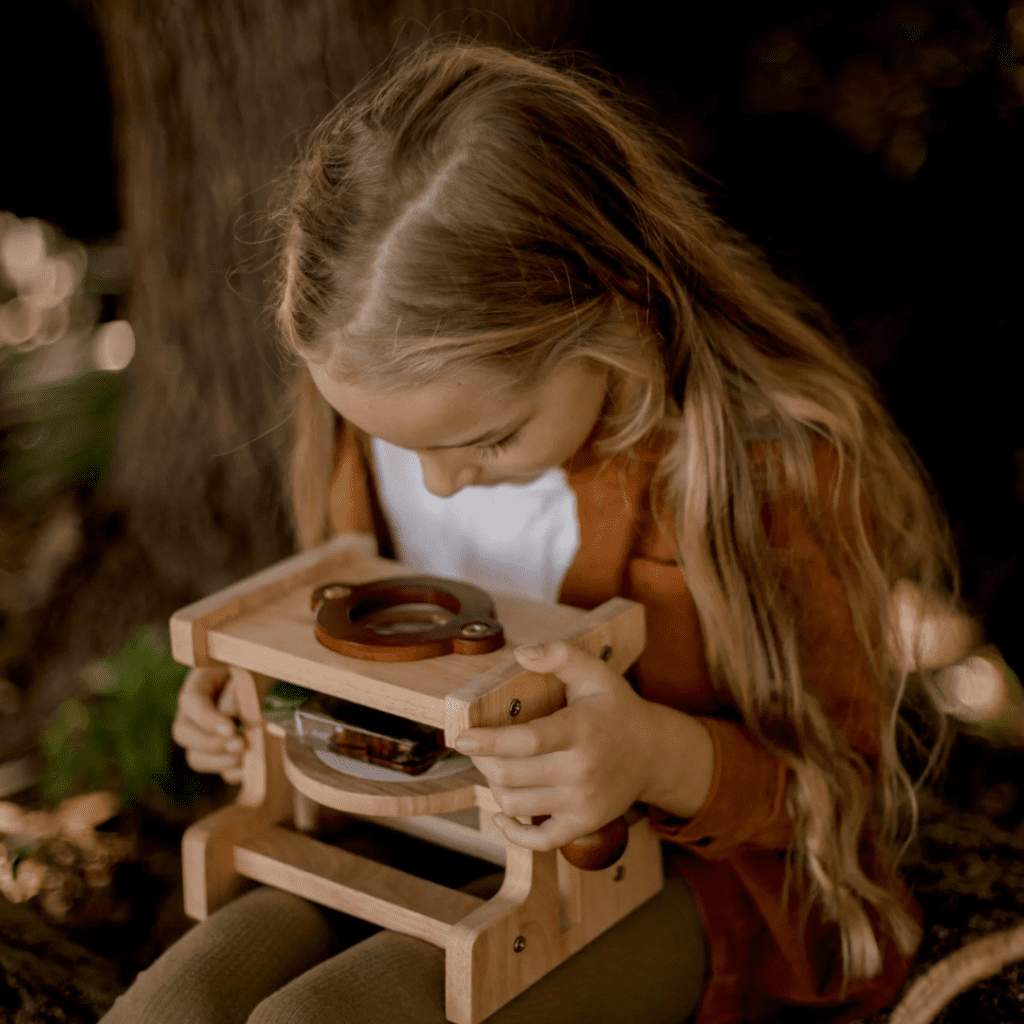
Spinning / Rotation Toys
Why? Spinning toys are perfect for children exploring the rotation schema. They also help develop wrist strength, essential for fine motor skills and future writing abilities.
Top Recommendations:

Sensory Play
Why? Sensory play enhances cognitive development and provides opportunities for experimenting with new descriptive words. It also supports fine motor skills and schemas like transporting and trajectory.
Top Recommendations:
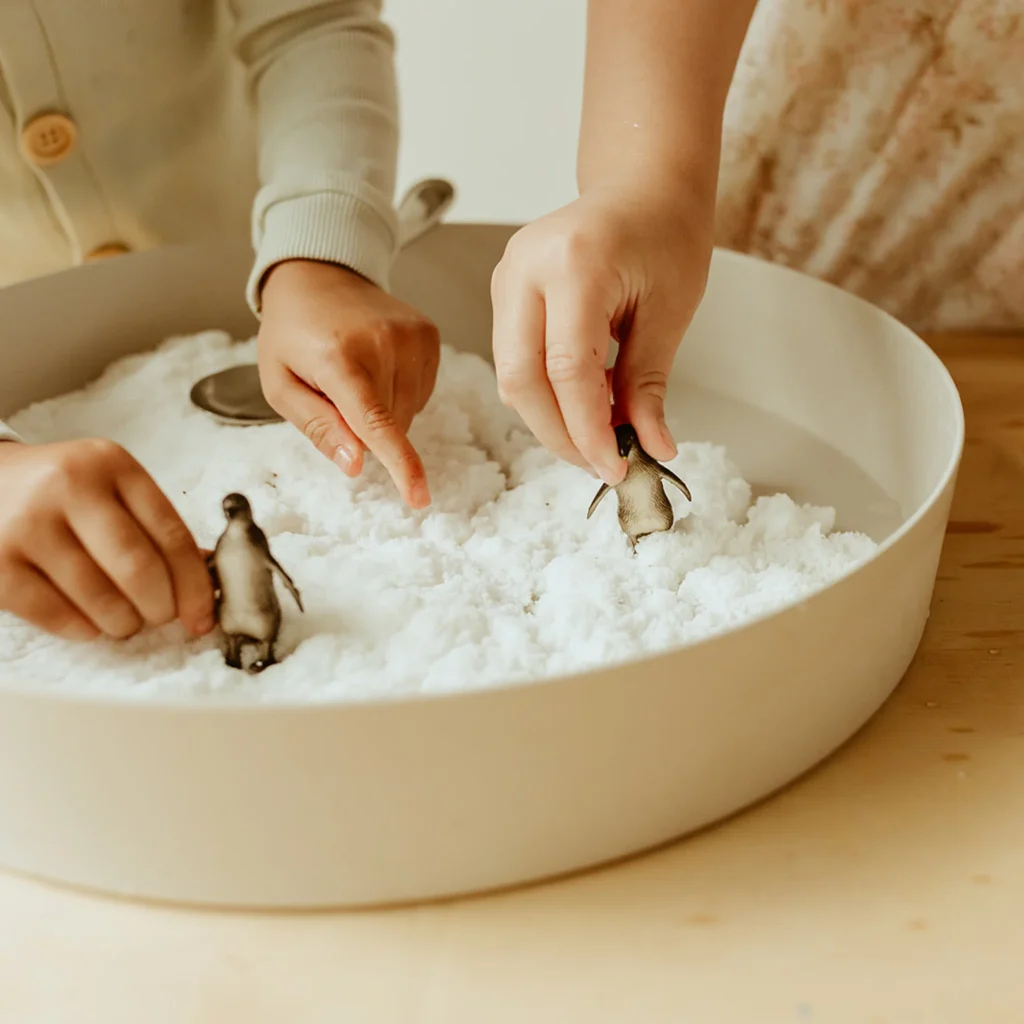
Play Dough
Why? Children aged 3-5 have a growing attention span and enjoy creating with play dough. This supports the connecting schema and promotes creativity and fine motor development.
Top Recommendations:
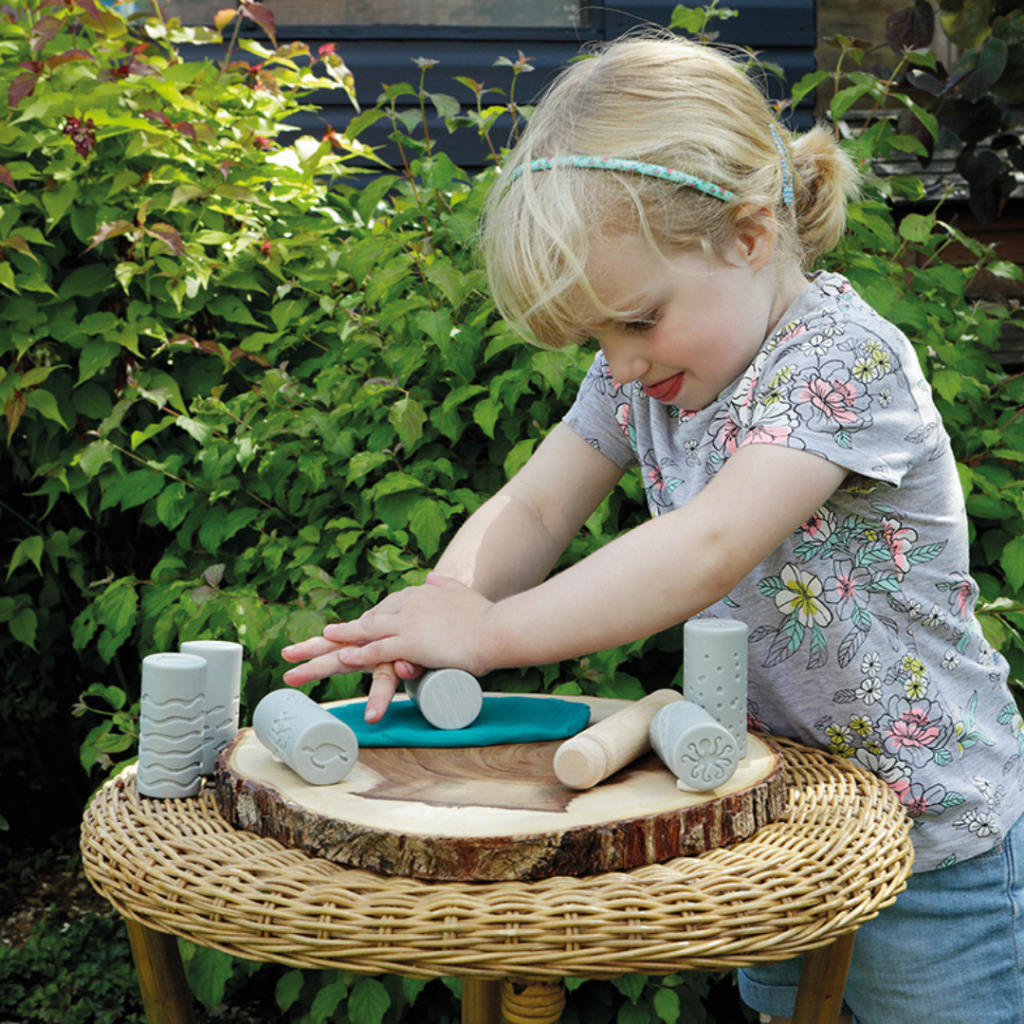
Puzzles
Why? Puzzles are excellent for constructive play, problem-solving, and fine motor development. They’re especially engaging for children exploring the connection schema.
Top Recommendations:

Books
Why? Books are ideal for helping 3-5-year-olds navigate big feelings and understand others’ emotions. They also spark curiosity about the world and encourage skills like following instructions and imitating movements.
Top Recommendations:
Breathing Makes It Better: A Book for Sad Days, Mad Days, Glad Days, and All the Feelings In-Between
This gift guide has been rewritten and adapted, the original was written by Alicia Mason specifically for Growing Kind. You can contact Alicia over at @filltheirbucket
